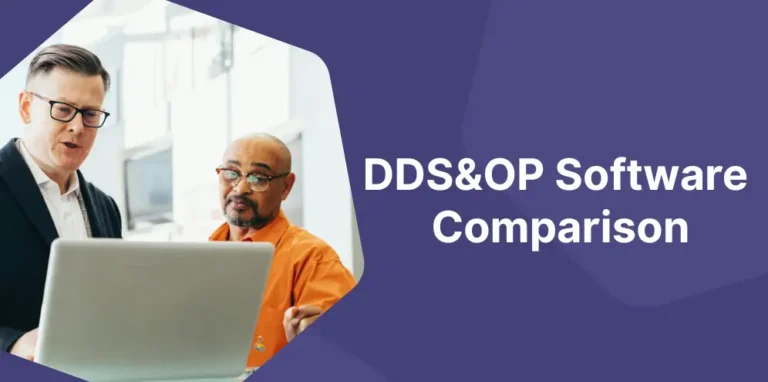We meet companies who are investing hundreds of thousands or even millions of dollars in their own digitalization projects – systems designed to meet their specific supply chain processes.
It’s the “yes, but it’s different here” syndrome.
There are solutions on the market that allow for extreme customization solutions, in all areas of the game: finance, distribution, procurement, and even production, although the latter often presents an additional layer of complexity.
To adapt these solutions, we call on model developers, IT specialists, and specialized business consultants. For months, they will work together to develop THE solution to meet the multiform and evolving expectations of the company’s teams. The company itself will undoubtedly need to recruit specialists capable of understanding, maintaining, and evolving these models. Publishers of these digitization platforms are developing training and certification programs for model designers, to develop a pool of skills that are a little rare, and therefore expensive…
The advent of low-code / no-code tools can also contribute to this extreme customization of processes. Where once we exported to Excel, applied in-house routines, and re-imported the result – today we developed an app that extracts data via API, performs transformations, applies business rules, enables editing on web pages, and returns the result via API. It’s more modern – but just as fragile and unsustainable…
Added to this is the hype of the moment: artificial intelligence in supply chain, preferably generative – if AI can invent photorealistic images and videos, why shouldn’t it be able to generate my S&OP, plan the shop floor, replace our planners, with a customized model specially adapted to our business?… Don’t smile, there really are industrial companies today that invest in consulting firms and software publishers for projects of this kind.
When we return to the field, to the workshop, and to planners, we quickly realize that this is not where the need lies. In 90% of cases, the need is to efficiently implement basic building blocks, with tried-and-tested processes:
- Stock Right-sizing and controlling stocks,
- Restricting work-in-progress control,
- Managing queues,
- Planning wheels implementation,
- Sequencing operations efficiently,
- Loading bottlenecks at finite capacity,
- Generating forecasts (inaccurate but relevant),
- Deploying stock evenly across the network,
- Anticipating needs, workload, and capacity to support S&OP,
- Handling exceptions,
- Continuous aggregating visibility for decision-making.
The principles of these bricks are well known – the Lean Principles, Theory of Constraints (TOC), MRP, ASCM, and DDI bodies of knowledge have formalized this – great news, the wheels exist! What has often been lacking are digital solutions to make them spin.
It’s in this spirit that Demand Driven Technologies solutions have been developed now integrated into Intuiflow since 2011 and proven in hundreds of projects. In fact, things are probably not that different in your company… Before you embark on a project to digitize your supply chain, let us know, maybe we already have on the shelves the wheels available for your flows!…












